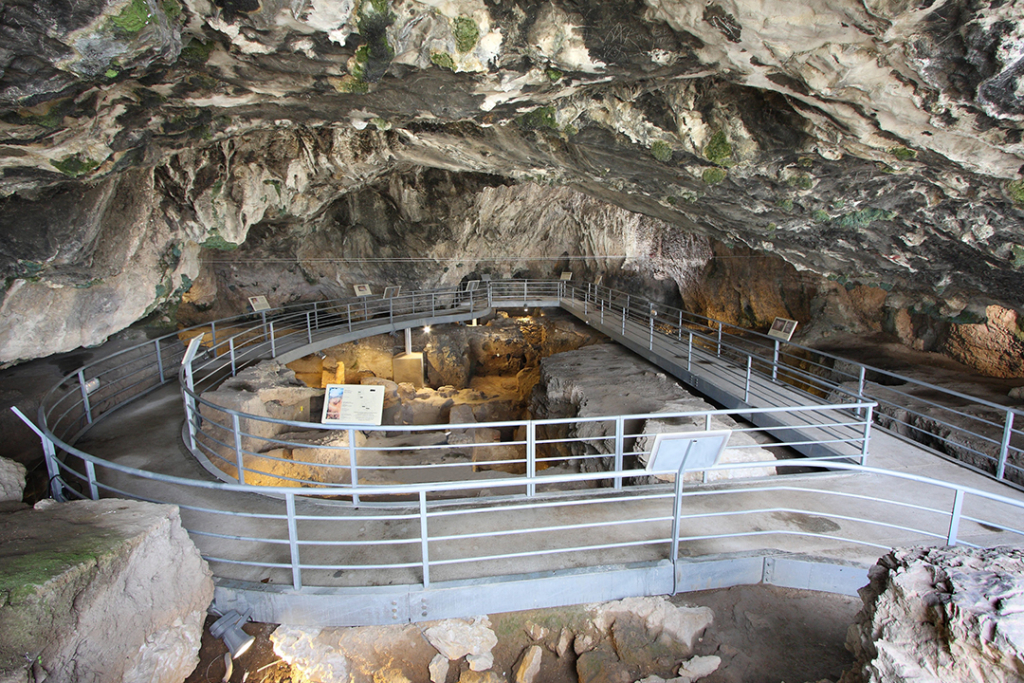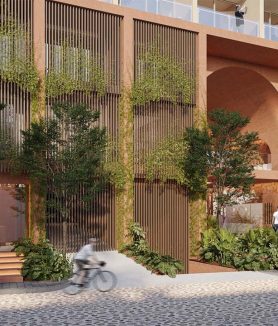In the vast tapestry of human history, few sites offer such a direct connection to our origins as the Theopetra Cave, located in Thessaly, Greece. This astonishing archaeological site was continuously inhabited for over 130,000 years—from the Middle Paleolithic to the Neolithic—becoming a living testament to humanity's cultural and architectural evolution.
The original concept of shelter: before formal architecture
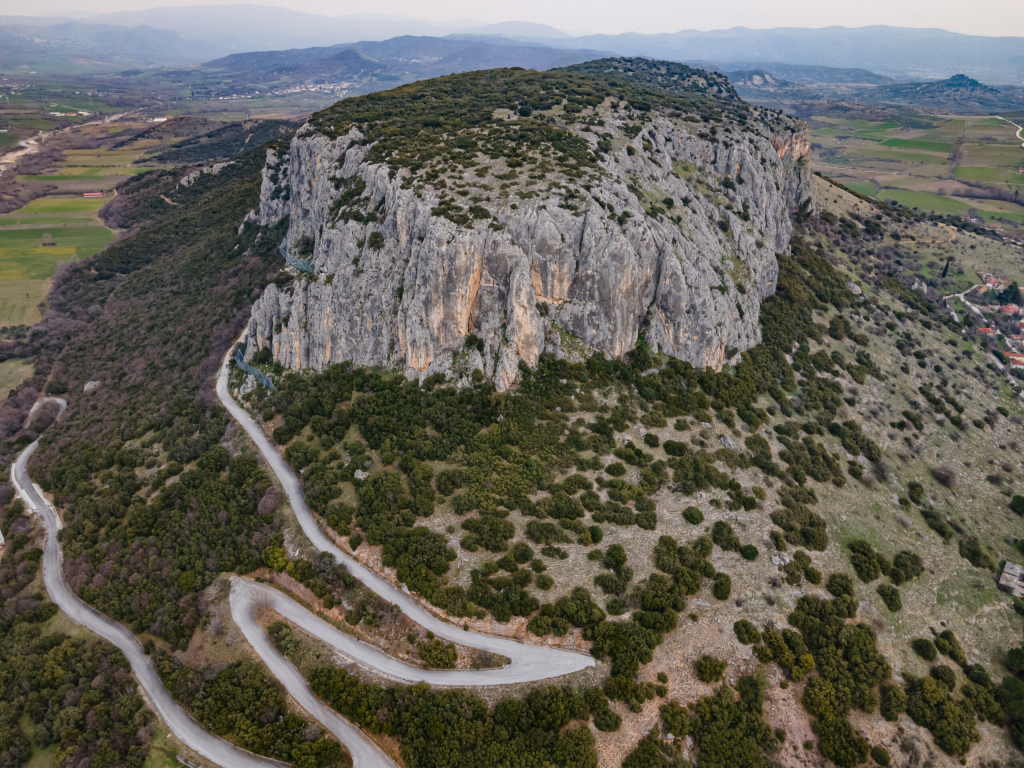
At the dawn of civilization, architecture was not about aesthetics or monuments, but about survival. Humans sought protection from predators, extreme weather, and natural threats. In this sense, the cave was the first “architectural structure” provided by nature. However, what distinguishes Theopetra is that its ancient inhabitants not only occupied it: they began to transform it.
Evidence of Incipient Architecture at Theopetra
Excavations have revealed that the cave's occupants did not simply live there, but modified it with intention and purpose, marking a turning point toward what we understand as architecture today.
🔹 Interior Space Organization
Although no complex walls have been found, there is evidence of functional zoning.Hearths (chimneys), waste areas, and resting spaces were clearly demarcated. This rudimentary spatial planning is a direct antecedent of the interior layout in later dwellings.
🔹 The frontal barrier: the first “wall” in history

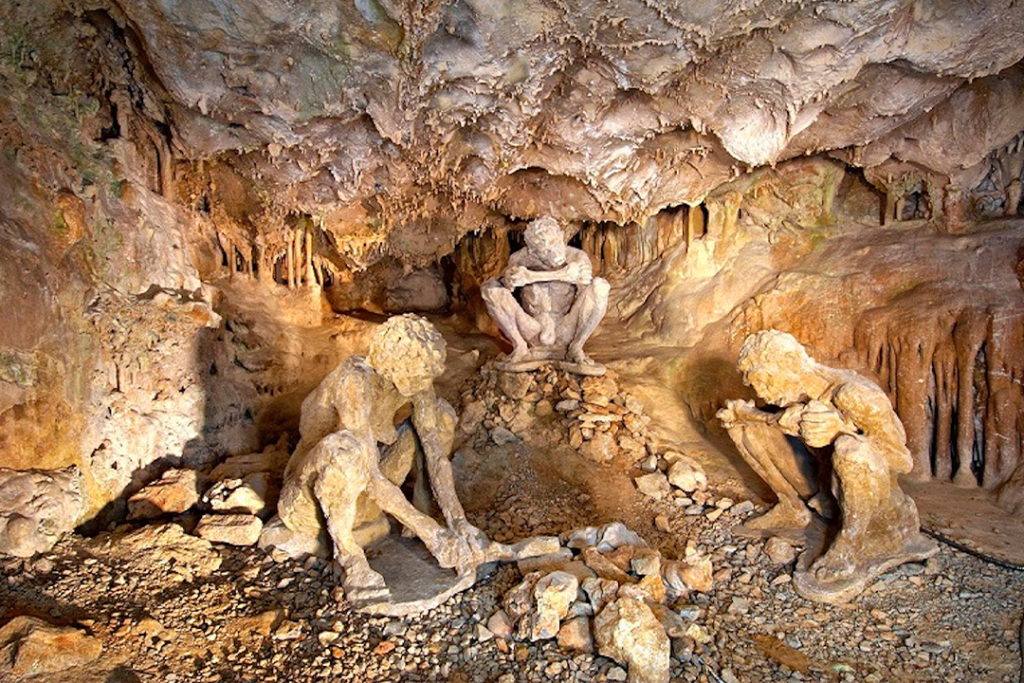
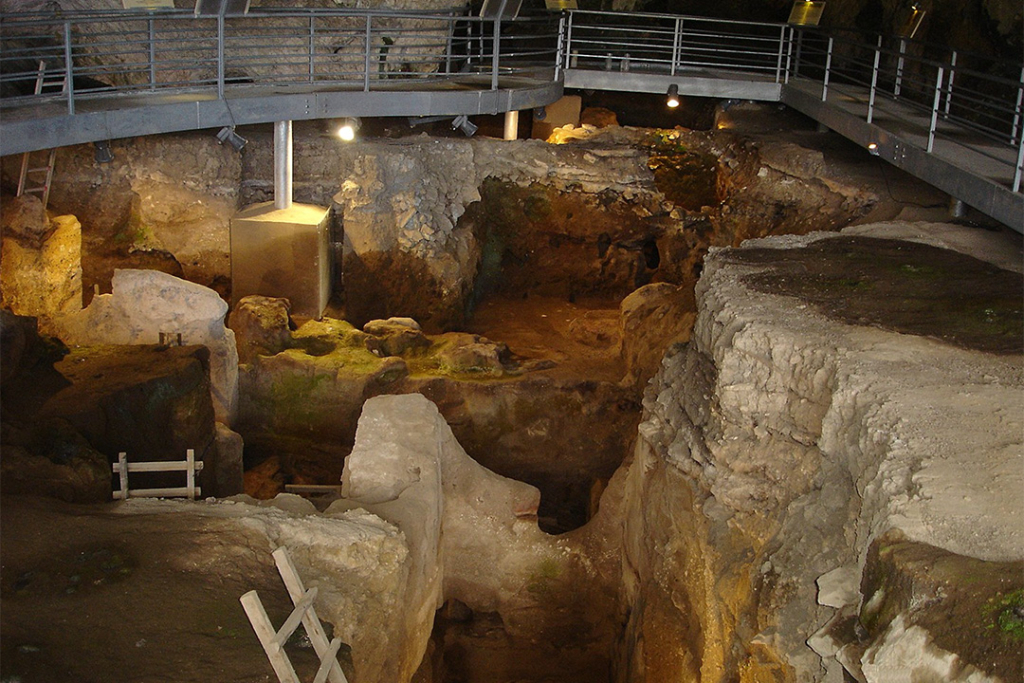
One of the most striking discoveries at Theopetra is a masonry structure that partially closed the cave entrance, dating back approximately 23,000 years. This barrier, built during the Upper Paleolithic, represents an intentional act of architecture:
- Reducing cold air currents
- Protecting against animals and intruders
- Delimiting the interior space, creating privacy
This simple wall is one of the earliest known examples of an artificial construction intended to modify a natural space for residential purposes.
The location was not accidental: a primitive strategy
The selection of Theopetra was not random. Its location on a hill, overlooking the valley and with close access to water and resources, reflects primitive architectural thinking: choosing sites with strategic and natural advantages.
Theopetra and the Birth of Architecture
Theopetra Cave reinforces the theory that architecture evolved gradually. Before the existence of complex structures, humans already showed a desire to adapt and improve space. Every stone placed, every defined area within the cave, is an early expression of that impulse to build for better habitation.
At Theopetra, we witness the moment when humanity moves from simply occupying a space to actively transforming it.It is the seed of architecture as a discipline: a creative and functional response to environmental challenges.
A Monument to the Origins of Human Design
Theopetra Cave, with its impressive continuity of occupation and subtle but significant modifications, stands as a silent monument to the origins of our ability to create shelter. Long before cities, pyramids, or temples, there was a crucial decision: to close an entrance with stones to improve a space.There begins the history of architecture.

